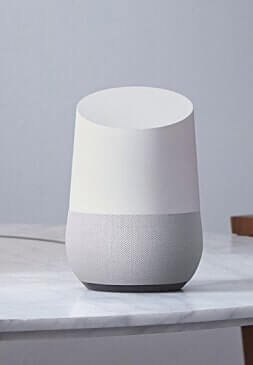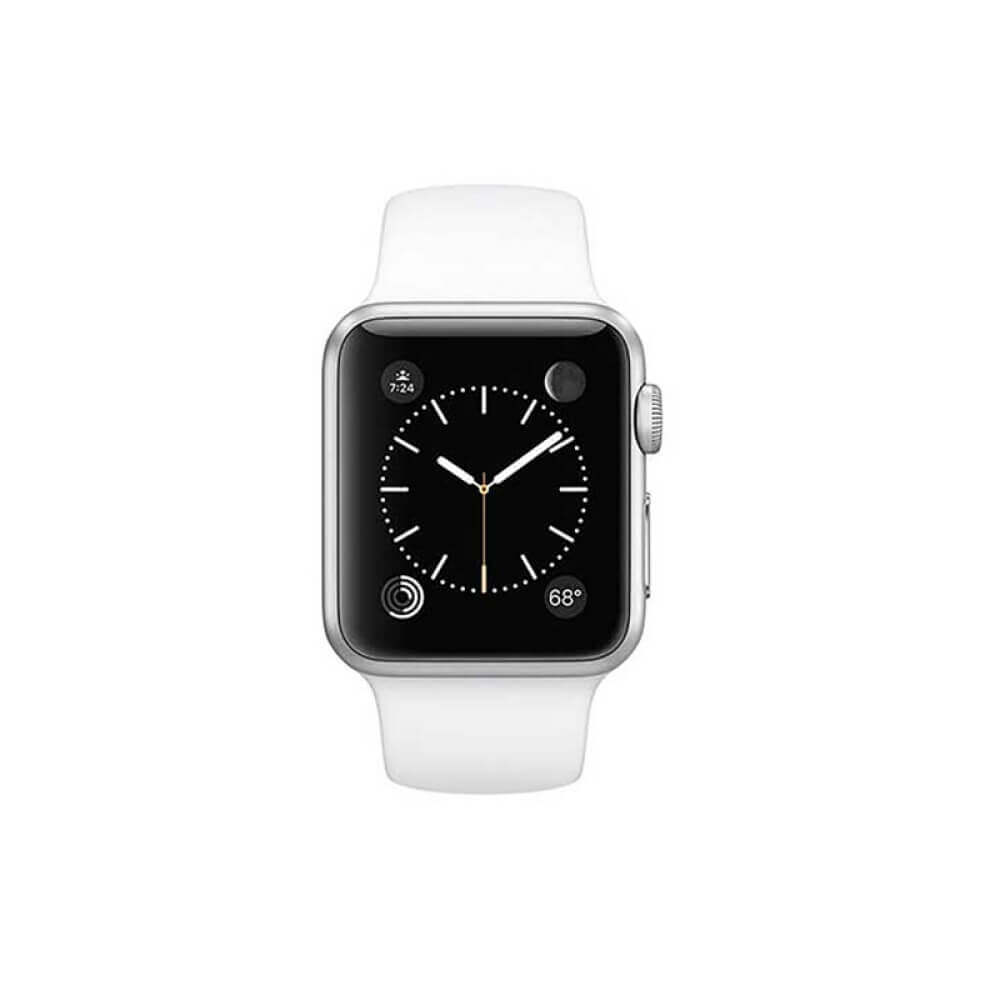Symbols have been a cornerstone of human culture since the dawn of civilization, serving as visual representations of complex ideas, moral values, and societal beliefs. From the ancient hieroglyphs of Egypt to the intricate sigils of medieval Europe, symbols transcend linguistic boundaries, offering a universal language that communicates across time and space.
Their significance extends beyond mere representation; symbols shape myths—narratives that explain the origins of the universe, human nature, and moral codes. These myths, rooted in cultural symbolism, influence societal values, rituals, and artistic expressions, creating a shared identity among communities. Today, this enduring power of symbols continues to influence modern design, where visual language plays a crucial role in branding, entertainment, and user experience.
- Understanding Symbols in Mythology
- The Transition from Mythological Symbols to Modern Design
- Analyzing «Le Zeus»: A Modern Illustration of Mythological Symbolism
- The Semiotics of Color and Expression in Modern Symbols
- Non-Obvious Depths: Cultural Contexts and Subtle Symbolic Layers
- Practical Implications: Designing Symbols That Resonate Today
- Conclusion: The Continuing Evolution of Symbols in Culture and Design
Understanding Symbols in Mythology
In mythology, symbols serve as condensed representations of complex ideas, moral lessons, and divine attributes. For example, the olive branch in Greek mythology symbolizes peace and victory, while the serpent often signifies wisdom, renewal, or danger across various cultures. These symbols act as mnemonic devices, allowing societies to encode and transmit essential values through generations.
Across different cultures, common mythological symbols include the lion as a symbol of strength and royalty, the double-headed eagle representing sovereignty, and the dragon embodying chaos and power. Despite cultural differences, many of these symbols share universal themes, illustrating humanity’s collective exploration of fundamental concepts like power, wisdom, and morality.
Over time, mythological symbols have evolved, adapting to new contexts while retaining their core meanings. Their enduring influence is evident in modern storytelling, branding, and art, where ancient archetypes are reinterpreted to resonate with contemporary audiences.
The Transition from Mythological Symbols to Modern Design
Ancient symbols continue to inspire contemporary visual language, forming the foundation of modern logos, characters, and branding elements. For instance, the Olympic rings symbolize unity and competition, drawing inspiration from the interconnectedness often depicted in mythological narratives. Similarly, the use of mythical creatures in logos—such as dragons or griffins—evokes strength, protection, and majesty, echoing their mythic origins.
The psychological impact of symbols is well-documented. According to research in cognitive psychology, symbols activate specific neural pathways that evoke emotional responses, making them powerful tools in branding and product identity. Visual symbols can instantly communicate brand values, establish trust, and foster recognition—crucial factors in competitive markets.
Case studies such as the iconic Le Zeus game basics demonstrate how myth-inspired symbols are adapted into modern entertainment. In this context, characters like «Le Zeus» embody archetypal traits—cunning, power, mischief—rooted in mythological archetypes, yet reimagined to captivate today’s audiences.
Analyzing «Le Zeus»: A Modern Illustration of Mythological Symbolism
«Le Zeus» exemplifies how ancient mythological themes are woven into modern character design. Its visual elements are carefully crafted to evoke specific archetypes and symbolic meanings, bridging history and contemporary media.
Design Elements and Their Symbolic Meanings
- The Cunning Smirk: This facial expression reflects traits of trickery, intelligence, and wit—attributes associated with mythological figures like Loki or Hermes, who are known as tricksters and messengers.
- Color Schemes: The use of yellow-gold suggests wealth, power, and divinity; brown conveys earthiness and stability; and the pink-purple gradient hints at playfulness and mystery. These choices tap into subconscious associations that influence perception.
Such design choices are not arbitrary; they are rooted in semiotics—the study of signs and symbols—and their psychological effects. The character’s mischievous yet clever persona aligns with mythological archetypes, demonstrating how visual cues reinforce narrative intent.
Furthermore, the auditory elements, such as soundtrack and sound effects, complement the visual symbolism, creating an immersive experience that emphasizes the character’s trickster role. This holistic approach underscores the importance of multi-sensory design in modern media.
The Semiotics of Color and Expression in Modern Symbols
Colors convey personality and mood effectively. For example, gold often signifies divinity or prestige, while purple is associated with mystery and luxury. The gradient in «Le Zeus» amplifies these associations, making the character visually intriguing and psychologically compelling.
Expression and posture serve as vital communicative tools. A mischievous smirk combined with a relaxed posture signals confidence and playfulness, aligning with archetypes of cunning tricksters found in mythology. Such visual cues enhance storytelling and character recognition.
Comparing «Le Zeus» with other symbols—such as the mythological Hermes’ winged sandals or the serpent-entwined staff of Asclepius—illustrates how color and expression are employed effectively to evoke specific qualities and emotional responses in viewers.
Non-Obvious Depths: Cultural Contexts and Subtle Symbolic Layers
Interpreting symbols requires understanding cultural backgrounds. For instance, a snake can represent wisdom in Chinese culture but symbolize danger in Western traditions. Recognizing these nuances enriches the analysis of modern symbols inspired by myth.
In «Le Zeus», layered symbolism emerges—trickery, wisdom, playfulness—all wrapped within visual and auditory cues. This multilayered approach allows for diverse interpretations, making the character resonant across different cultural contexts.
The combination of visual design and sound reinforces these symbolic layers, creating a multifaceted narrative that appeals to both subconscious and conscious perceptions of the audience.
Practical Implications: Designing Symbols That Resonate Today
Effective modern symbols integrate mythological symbolism by adhering to key principles: clarity, cultural relevance, and emotional impact. Designers should research archetypes and cultural associations to craft visuals that communicate desired qualities efficiently.
Balancing cultural references with universal appeal involves using archetypal motifs recognizable across cultures, such as the hero’s journey or trickster archetypes, while avoiding stereotypes or cultural insensitivity.
Successful examples include brands like Nike, which symbolizes victory and achievement through the mythological winged goddess, and characters like «Le Zeus», which draw from mythic archetypes to create compelling narratives. The key is to evoke familiarity and emotional resonance without overloading the design with extraneous details.
Conclusion: The Continuing Evolution of Symbols in Culture and Design
“Symbols serve as bridges between ancient narratives and modern communication, evolving yet retaining their core meanings across generations.”
The interconnectedness of mythology and modern symbols highlights the importance of understanding their roots for effective communication. As design trends continue to evolve, integrating mythological symbolism offers timeless appeal and depth.
Future trends in myth-inspired design may include augmented reality experiences, immersive storytelling, and culturally adaptive symbols—each enhancing the way humans connect with stories and values through visual language.
By studying how symbols function—both historically and in contemporary media—designers and communicators can craft more meaningful, resonant messages that transcend superficial appearances and tap into universal human archetypes.
















Add comment